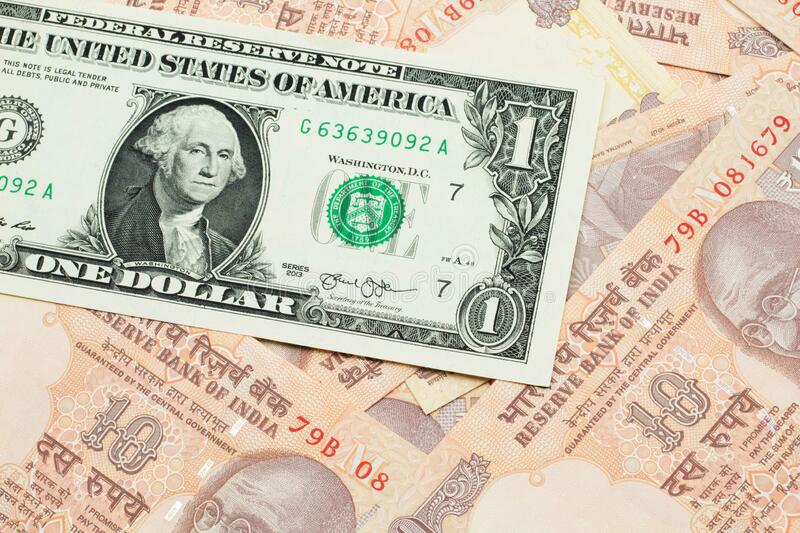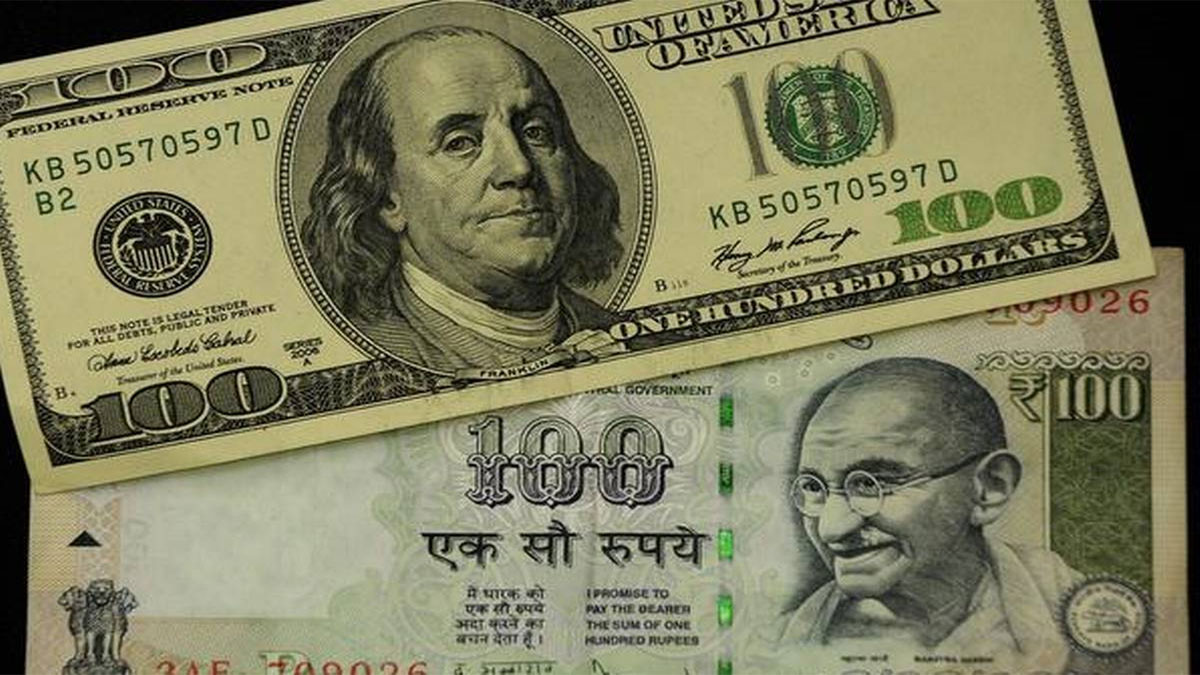The lowest commodity prices since March 3, improved economic indicators, foreign money inflows, and the Indian rupee all contributed to its best week since that date. The local rupee was helped by the broad-based decline in the value of the dollar following the Fed’s rate-pause announcement. According to the official data, there have been over $1.1 billion in inflows into Indian stocks so far this month, bringing the total quarterly purchases to about $8 billion. For the second consecutive week, benchmark WTI crude oil prices declined due to worries about demand. Spot USDINR fell 53 paise, or 0.64%, to 81.93, closing below the 200-day SMA.
Following the development of lower tops and bottoms, the technical setup for spot USDINR is still negative. The pair has significant support and resistance on the level front, respectively, at 81.50 and 82.30.
As the Fed decided against raising rates and maintained a hawkish attitude, the dollar experienced its worst weekly loss since January. The Bank of Japan kept its stimulus program in place and gave the impression that it wouldn’t hesitate to loosen more if necessary, which caused the yen to decline in value relative to all Group of 10 peers.
CFTC data show that until June 16th, net non-commercial traders reduced their total dollar short positions. This week, Speculative Accounts reduced their overall exposure to short positions on the dollar relative to the main currencies by $1.9 billion, bringing their total dollar short position back to $6.4 billion. Real Money Accounts continued to be negative on the dollar and increased net dollar short posture by $5 billion in the week to $34.6 billion, while Leveraged Accounts increased aggregate dollar longs to $7 billion this week (from a net short of USD1.9 billion the previous week).
The central banks of developed markets had a huge week last week; developing market central banks will have a big week this week. Meetings will be held in Turkey, Brazil, Mexico, and the UK. The difference between two-year gilts and two-year bunds hit an eight-month high this week, helping to push the GBPEUR cross to its highest level since August and cable to its highest level since April of last year. This puts the Bank of England in a difficult position. With a short workweek due to the US holiday, attention will turn to data and Fed speakers, including Chair Jerome Powell’s testimony before House and Senate committees.

